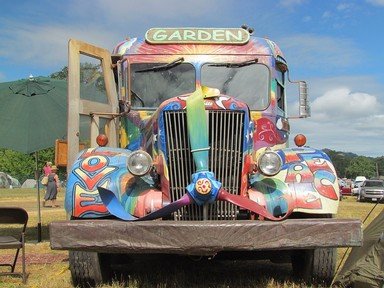
Cultural Icons of the 1960s Trivia Quiz
The 1960s will forever live on in our minds as an era of great cultural change. Can you identify these '60s celebrities?
This is a renovated/adopted version of an old quiz by author case2
A matching quiz
by looney_tunes.
Estimated time: 3 mins.